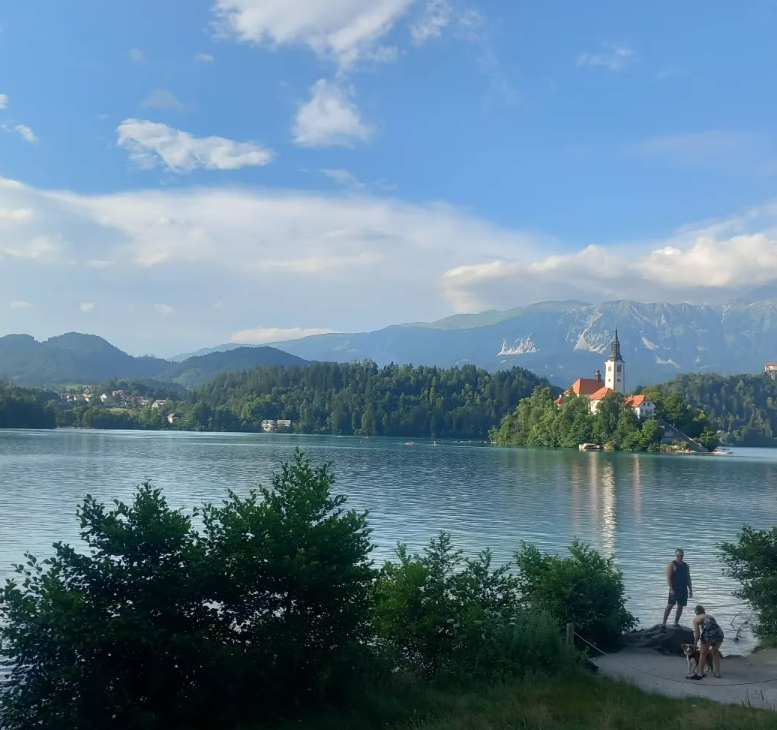
Travel writer Hattie Miskin discusses the importance of safe travel for students.
One of the great things about being a student is the summer holiday: three months of freedom between terms, giving you the opportunity to take dreamed-of trips to distant lands that┬áaren’t┬áworth flying to for stays of less than a month. Whether you took a ÔÇÿgap year’ and were filled with foreign land fever or have never had an opportunity to travel before, this is the time to seize the moment. That is what my boyfriend and I decided to do last summer as we plugged our ways through stagnant summer jobs and realised that, before we plunged into the inevitable post-university job hunt, we needed to go on a long trip somewhere a world away from the familiar landscape and dreary skies of Britain.
As is often the way with travel planning our destination was inspired by a photo. I saw a picture of a white sandy beach with cabanas perched around the edge amongst palm trees and was instantly sold. Central America was the place that we wanted to be. After looking more closely into each country we realised that paradise wasn’t the whole story: poverty, drug trafficking, mugging and abductions provide a serious backdrop to this beautiful land. With this in mind I bought a travel guide to Central America. These guides have turned into a travelling essential for us and are now one of the first things I buy before going abroad. Ever since one memorable occasion in Thailand at the Full Moon Party, where we didn’t take note of the travel advice around the popular event and failed to book accommodation well in advance (which was a recipe for disaster) we have always researched our destinations carefully. We ended up sleeping above a mini-mart in an attic that you reached via a ladder, where the floor was duct-taped together, the roof was a corrugated iron sheet and the windowless room’s fan was a relic. After a late night the last thing you want to be doing is waking up at 7am because of the intense heat, which forces you to rush to the beach to and dive into the sea to keep cool. Needless to say, the guide hadn’t recommended the mini-mart as one of its favourite places to stay.
The guide reiterated what I’d already read about Central America: the place we are going is dangerous and unknown and, though it┬áshouldn’t┬álet you give up on the dream, wave goodbye to adventure and hide under a duvet for the rest of your life, precautions must be taken. After reading that I checked the Foreign and Commonwealth Office’s (FCO) travel advice for each country. Phrases such as, “Don’t travel at night”, “Abductions”, “Women should be very careful on buses”, sprang out at me and set the alarm bells clanging. I didn’t need telling twice. I don’t think I’d hold up well as a hostage. Also recommended was that people travelling to this area of the world should have a basic knowledge of Spanish to make life easier, so I signed myself up for a beginner’s Spanish course and began stammering over the new phrases. We booked flights soon after that to avoid backing out; this place looks exciting, beautiful and new and with the right preparation I’m sure we will come back safe and sound with fantastic memories. That done there was no backing out, as I explained to my panicked father who quoted newspaper articles about illegal organ trafficking in Mexico in an increasingly hysterical tone. With flights booked and time frames set we are off and the planning really begins.
Written by Hattie Miskin


